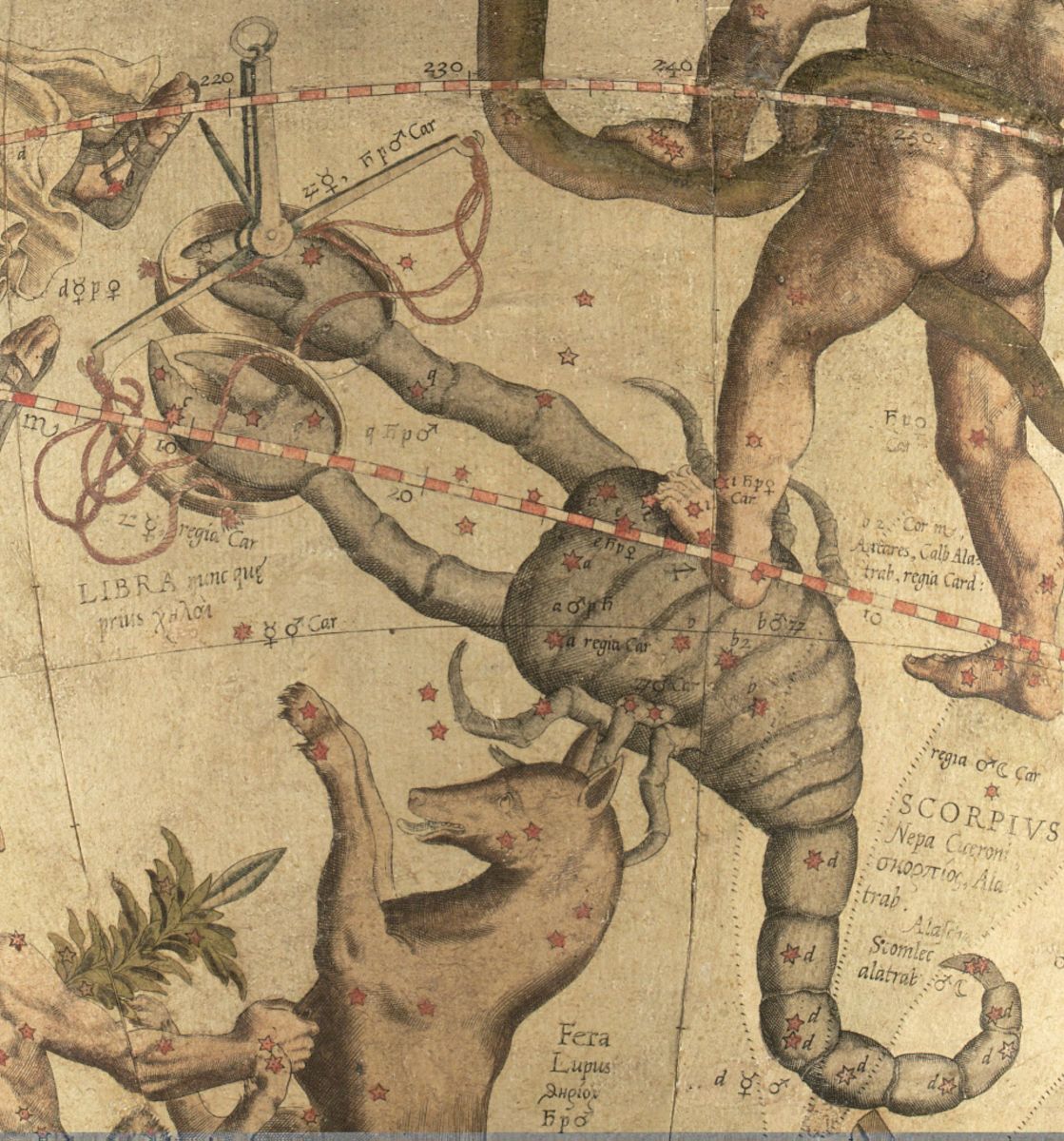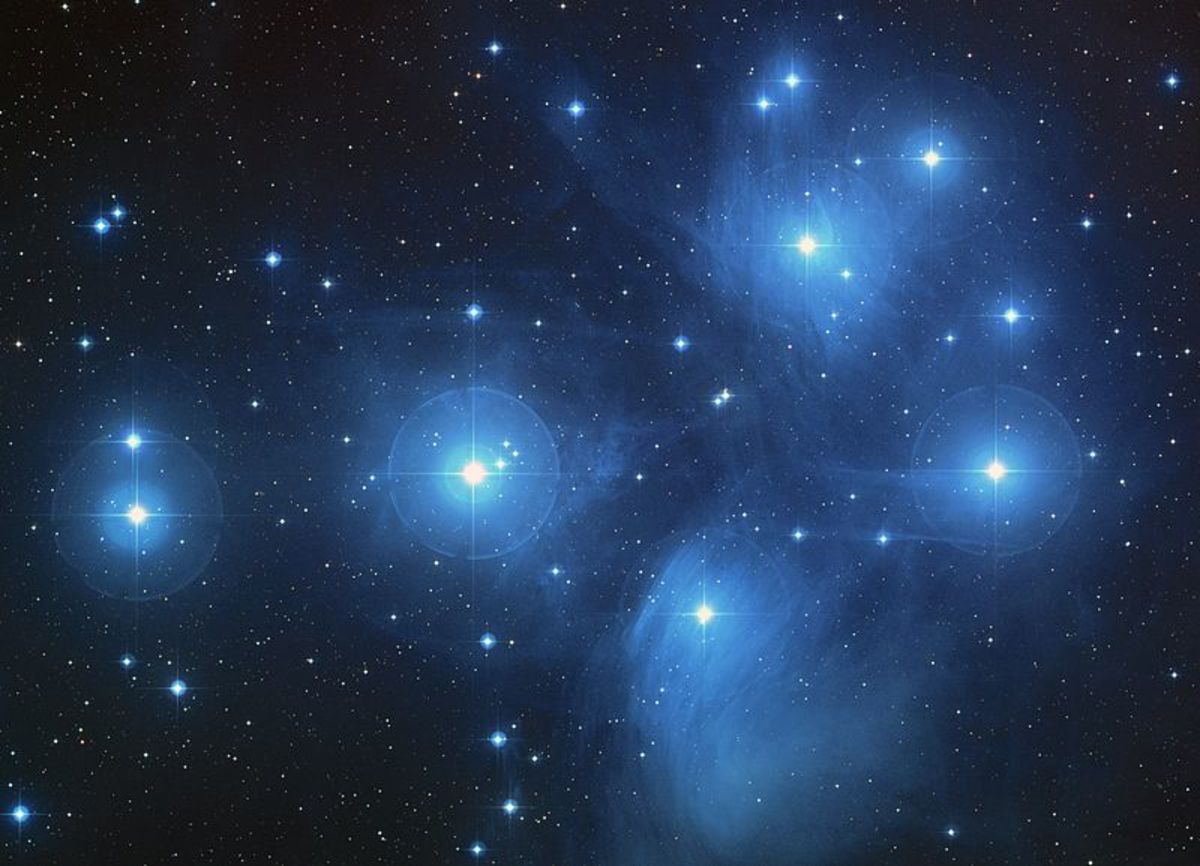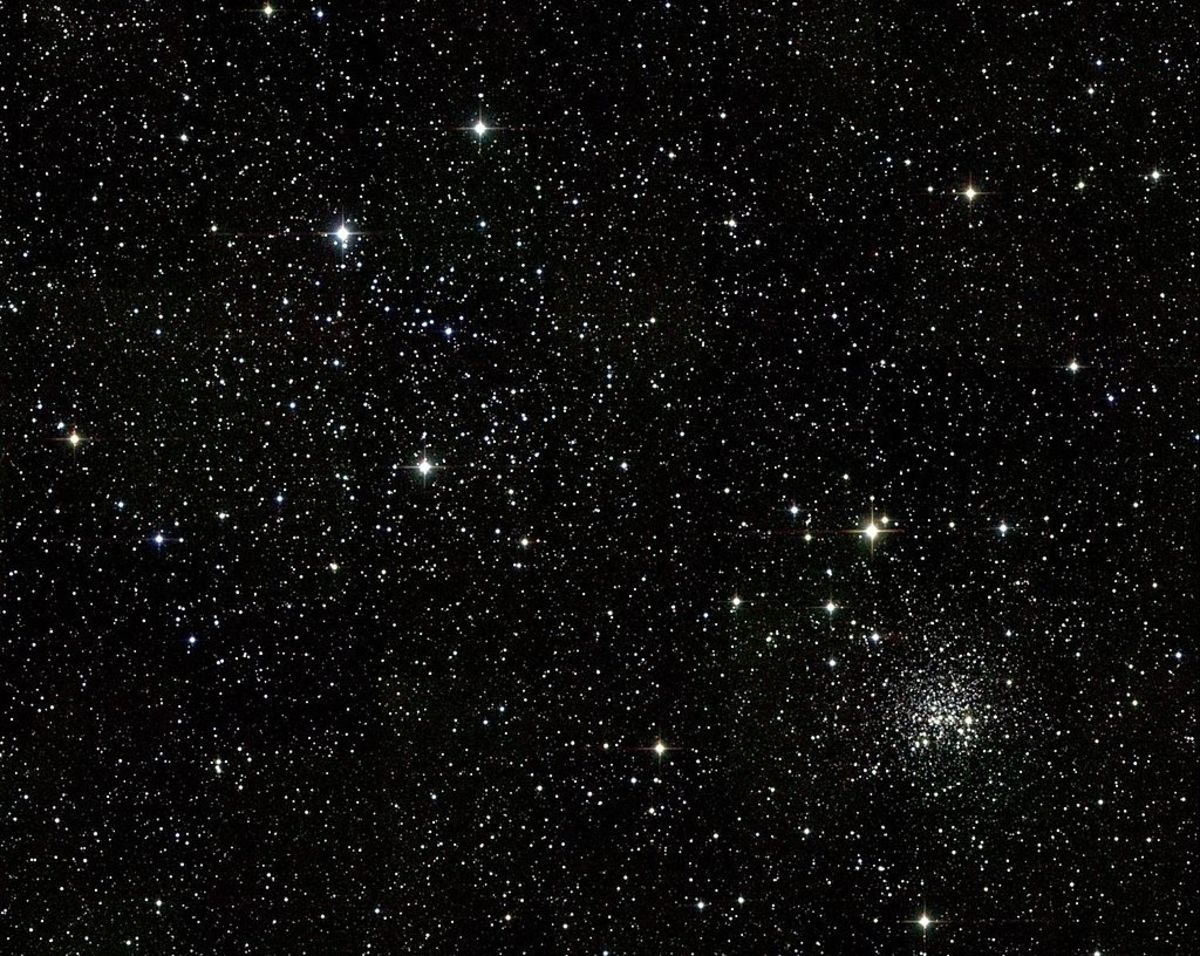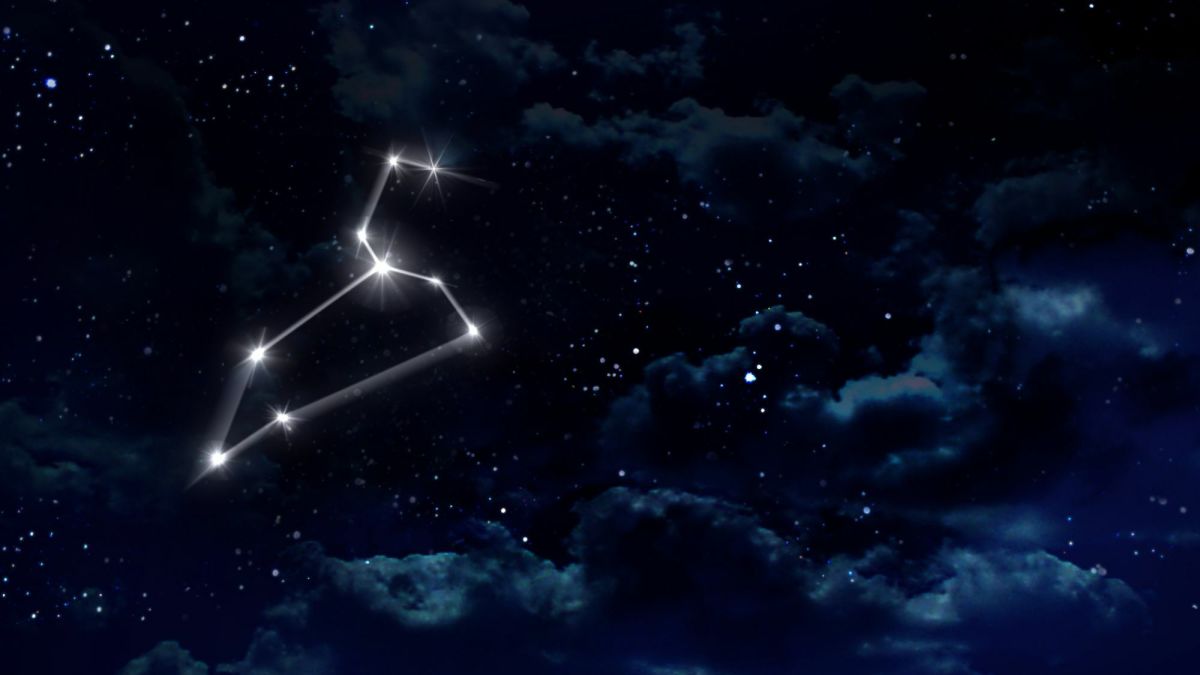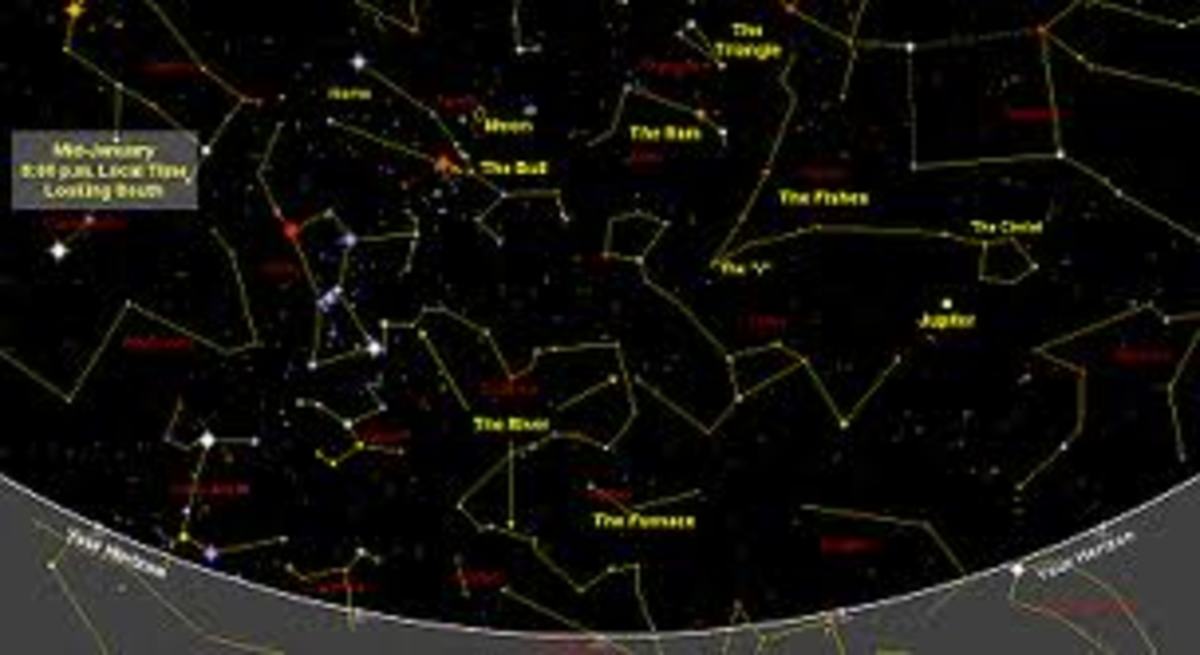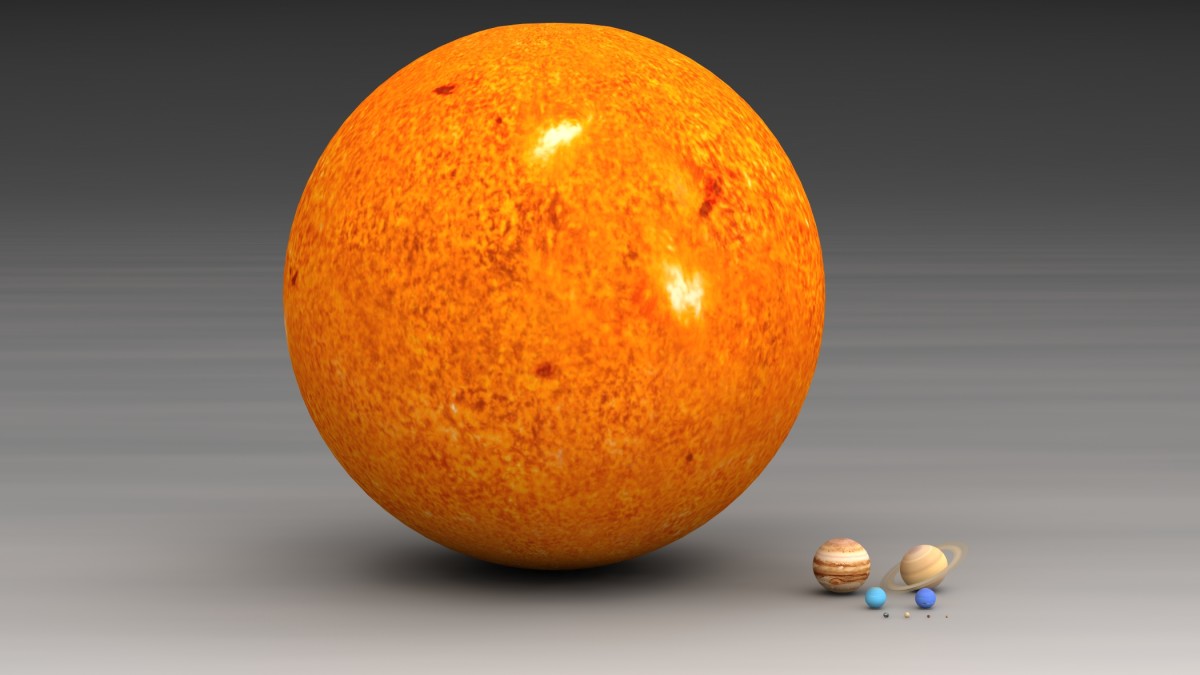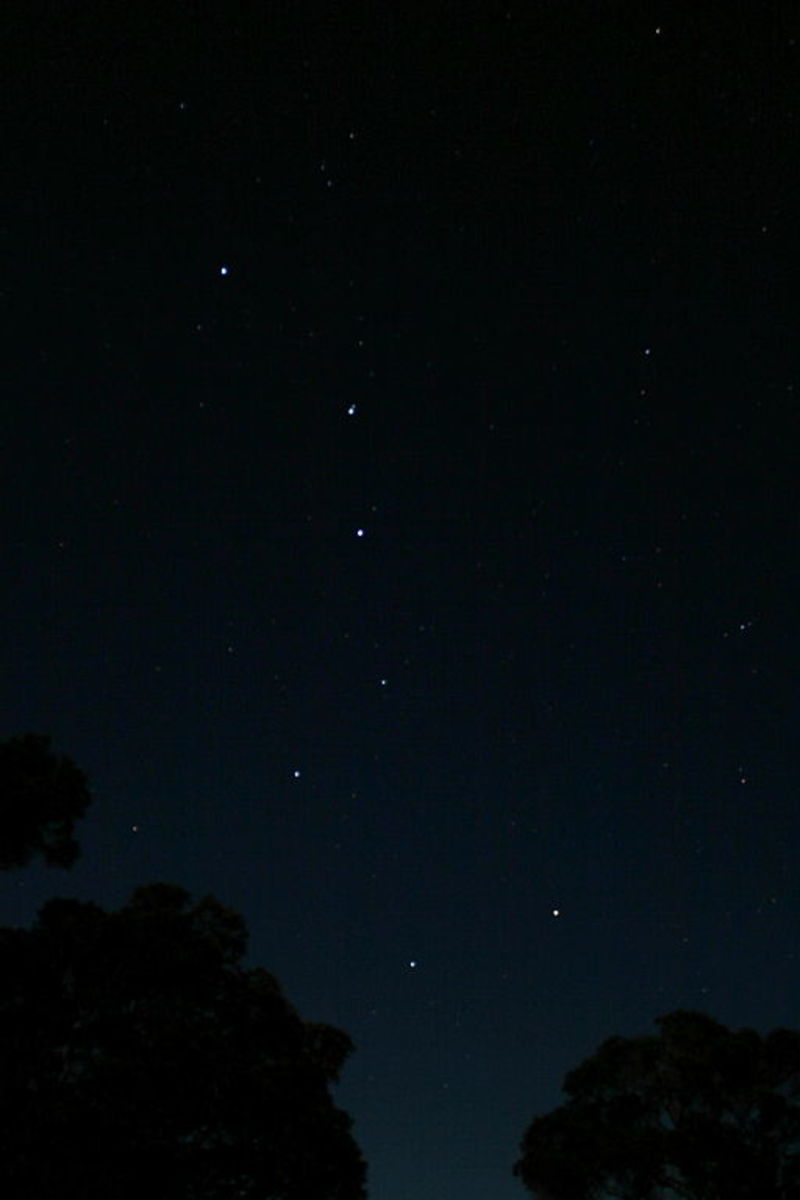The Constellation Bootes: Stars and Mythology
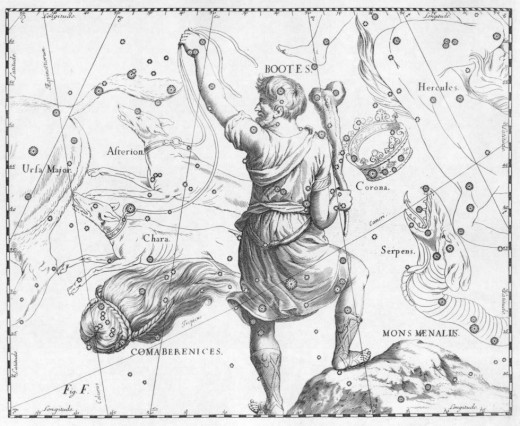
The Ancient Herdsman
Boötes, pronounced Bo-otees, is a very ancient constellation which appears in the far northern sky. The name is a transliteration of the Greek βοωτης, which occurs in the Odyssey. This indicates that the name has been in use for more than three thousand years.
The constellation is represented by the figure of a mature man, often with a beard, resolutely gazing at the two bears Ursa Major and Ursa Minor to poleward. In one hand he is usually bearing a staff, a club or perhaps a spear. In the other he holds two dogs, Asterion and Chara, on a leash. These dogs constitute the adjacent constellation of Canes Venatici, the Hunting Dogs. Boötes and his hounds are imagined to be hunting, or sometimes guarding, the bears as the endlessly circle about the northern polestar.
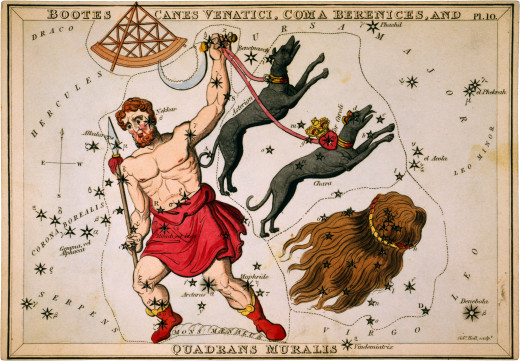
Classical Mythology
- In Greek mythology Boötes is identified with Philomelus. This Philomelus was the son of Demeter, who is represented in the sky by the neighboring constellation, Virgo. He had a brother, Plutus, who was the god of wealth. As happens all too often with extremely wealthy types, Plutus could be pretty stingy and shared none of his riches with his poor brother.
Undaunted, Philomelus scraped together enough to buy a pair of oxen and hitched them up to a plow, a device he invented. With this ramshackle equipment he tilled the soil to support himself, thereby more or less inventing agriculture. All in all probably a pretty disappointing lot for a demigod. Whether out of pity for this or perhaps admiration for his plucky initiative, his divine mother placed him in the sky, along with his plow, represented by the Big Dipper. - Alternatively, Boötes was the son of Zeus and the nymph Kallisto. Predictably, Kallisto was transformed into a bear by a Zeus's jelous wife Hera, who just so happened to do so when Boötes was out hunting for bears. Boötes closed in for the kill, while Hera probably rubbed her palms together and cackled with glee.
Zeus, in the nick of time, saved her from this nasty fate by placing her in the sky and transforming her into Ursa Major. This is not the happiest possible solution, as presumably Zeus could have just turned her back into her normal form, but the Greek gods were not especially known for their sense of fair play. Even worse, Boötes was placed next to her, freezing them for all time in a situation they might have both liked to put behind them.
Other Myths
- According to the astronomy of the Arabs of antiquity, the far northern stars were seen as a flock of beasts being tended by a shepherd represented by Boötes. This shepherd led his flock into a celestial pasture, located in the present constellations of Hercules and Ophiochus.
- To the ancient Egyptians, the circumpolar stars, or those close enough to the pole star to circle it without ever setting, were considered to be of ill omen. In the region of the sky we identify with Boötes they saw a divine hippopotamus constantly on guard against them these evil stars.
- From time to time, Christian stargazers of one kind or another have refigured the constellations to represent scriptural or church figures. These atlases varied widely. Boötes appears in these pious productions sometimes as Pope Sylvester the First, Nimrod the Hunter, or the prophet Amos. These Christian star atlases enjoyed something of a vogue three hundred years ago, but are all but forgotten today.
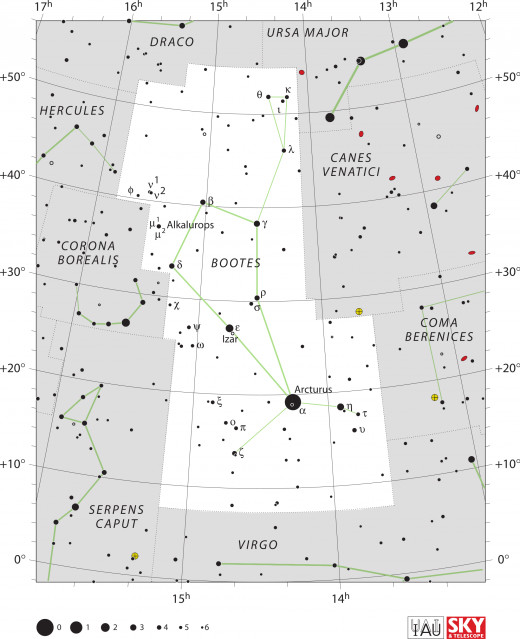
The Constellation in the Sky
Boötes occupies a large part of the sky, extending about fifty degrees from north to south and thirty east to west. Moving clockwise, its borders are encompassed by Draco, Ursa Major, Canes Venatici, Coma Berenices, down to Virgo in the south, then back up through Serpens, Corona Borealis, and Hercules. Its large north-south extent means that the figure spends some eight hours in the process of setting. Even so, its northernmost extent remains permanently above the horizon in most northern latitudes.
The main figure of the constellation is most often described as a kite, although one might also see a surfboard or perhaps a coffin here, depending on one's temperament. It is easily found by locating the bright yellow star Arcturus, which is the southernmost apex of the figure. A simple method facilitates the location of this star: find the Big Dipper, then follow with your eye the curve described by the stars of its handle. Beyond the Dipper, the first bright star you encounter will be Arcturus. Further along this curve you will find the less brilliant, blue-white Spica, principal star of Virgo.
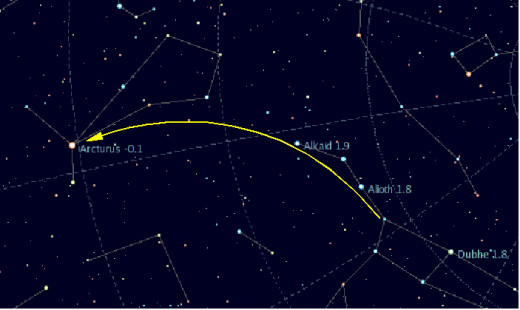
Principal Stars and Deep-Sky Objects
- α Boötis: 0 Magnitude; Spectral Type K2; 36 light years away
This star is Arcturus, the fourth-brightest in the entire sky. This conspicuous golden star was very likely one of the first to be given a name, at least among the peoples of the northen hemisphere. Anciently, it gave its name to the entire constellation, and as late as Pliny's day was considered a constellation in its own right. The star is widely mentioned throughout classical literature from Hesiod onward, appearing in Homer's Odyssey, the Georgics of Virgil, Horace's Odes, and numerous other Greek and Latin works. It even has a speaking role in the Rudens of Plautus, delivering the entire prologue itself.
Hippocrates, the legendary father of medicine, believed that Arcturus exercised a great influence on the health of the human body, claiming that, in dry seasons, its time of its rising "agrees best with those who are naturally phlegmatic, but is inimical to the bilious". These risings could be dangerous, as at these times "diseases are especially apt to prove dangerous."
The name itself is Greek for "Guardian of the Bears". Times must have been tough back in ancient Greece, if even a pair of giant bears was considered to need a guard.
"Arktos", the Greek term for bear, gradually began to take on the meaning "north" due to its association with these star-groups of the extreme northern sky. Our word 'arctic' reflects this meaning. Therefore, an alternate reading of this star's name could be "Guardian of the North". - β Boötis, 3.5 Magnitude; Spectral Type G8; 135 Light years away
This star is known as Nekkar, which is also the Arabic name for the whole constellation. It lies at the head of the figure as normally depicted. - γ Boötis, 3.0 Magnitude; Spectral Type A7; 105 Light years away
This star, called Seginus, forms the left shoulder of Boötes. On some charts it is called Alkalurops, although this name is usually used in reference to μ Boötis. - ε Boötis, 2.4 Magnitude; Spectral Type K0; 150 Light years away
This star is known as Izar, an Arabic term for 'girdle' or 'loincloth'. This is a triple-star system, though only two stars are visible in optical telescope. They form a striking pair, with vibrant green and gold colors. The pair is sometimes called 'Pulcherissima', a Latin term for 'very beautiful'. The gold star is actually two stars, although this can only be detected by a spectroscope.
Bootes contains one star cluster easily visible in small telescopes, designated NGC 5466. This is a globular cluster of very ancient stars, located 47,000 light years away in the galactic halo.
An annual meteor shower known as the Quadrantids radiates from a point in the far northern region of Boötes. The name derives from a now-obsolete constellation, known as Quadrans Muralis, which once occupied this part of the sky. It reaches its peak on the fourth of January, with perhaps forty meteors appearing each hour. Like all regular showers, these shooting stars are the remains of a comet or other body which crossed Earth's orbit. It is estimated that whatever these bits were once part of passed by five centuries ago.
You May Also Like
- The Constellation Aries: Stars and Mythology
Aries has been known by many names over thousands of years. Many cultures have developed myths and stories about the constellation and its stars. - The Constellation Auriga: Stars and Mythology
Auriga is a prominent constellation in the northern sky. Depicted as a young man in a chariot carrying a bag of baby goats, its origin is unclear.

